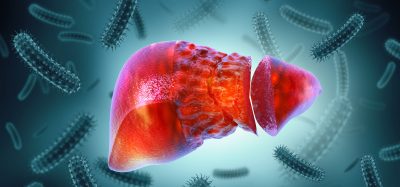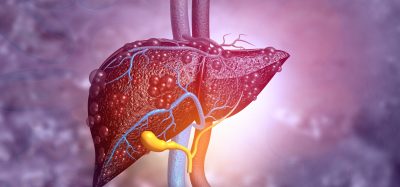In vitro hair follicle model grown in culture
Posted: 26 October 2022 | Izzy Wood (Drug Target Review) | No comments yet
Scientists have developed a new strategy to generate hair follicles in vitro with potential useful applications for treating hair loss, animal testing and drug screening.


A team of researchers from Yokohama National University, Japan have successfully generated hair follicles in cell cultures. Their in vitro hair follicle model adds to the understanding of hair follicle development which could contribute to useful applications in treating hair loss disorders, animal testing and drug screenings.
Studying the processes of hair follicle growth and hair pigmentation, their findings were published in Science Advances.
During the last several decades, scientists have explored the crucial mechanisms related to hair follicle development using animal models. Yet, fully understanding these mechanisms for hair follicle development remains challenging, so hair follicle morphogenesis has not been successfully reproduced in a laboratory culture dish.
The team fabricated hair follicle organoids by controlling the structure generated from the two types of embryonic cells, using a low concentration of extracellular matrices. The extracellular matrices adjusted the spacing between the two types of embryonic cells from a dumbbell-shape to core-shell configuration.
Newly formed hair follicles with typical features emerged in core-shell-shape groups. These core-shell-shape groups increase the contact area between two cell regions to enhance the mechanisms that contribute to hair follicle growth.
The organoid culture system the research team developed generated hair follicles and hair shafts with almost 100 percent efficiency. The hair follicle organoids produced fully mature hair follicles with long hair shafts (3mm length on 23 days of culture). As this growth occurred, the team could monitor hair follicle morphogenesis and hair pigmentation in vitro and understand the signalling pathways.
Examining the feasibility of hair follicle organoids for drug screening and regenerative medicine, the researchers added a melanocyte-stimulating drug. This plays a key role in producing hair colour pigmentation, into the culture medium. With the addition of the drug, the researchers significantly improved the hair pigmentation of the hair-like fibres.
Furthermore, by transplanting the hair follicle organoids, they achieved efficient hair follicle regeneration with repeating hair cycles. They believe the in vitro hair follicle model could help with better understanding hair follicle induction, for evaluating hair pigmentation and hair growth drugs and for regenerating hair follicles.
Their future research could eventually open up new research avenues for the development of fresh treatment strategies for hair loss disorders, such as androgenic alopecia that is common in both men and women.
“Our next step is to use cells from human origin, and apply for drug development and regenerative medicine,” said Professor Junji Fukuda, one of the researchers from the study.
Related topics
Cell Cultures, In Vitro, Screening
Related conditions
Hair loss
Related organisations
Yokohama National University
Related people
Professor Junji Fukuda








